What is Green Haus Art?
Green Haus Art started with a conversation.
In November of 2018, a group of friends sat down for a Friendsgiving potluck. Among these friends were several artists with a variety of different backgrounds: creative writing, photography, painting, drawing, poetry, and theater. They discussed how Charleston had a plethora of artistic talent, but not many ways for artists to find community and share their work.
I spoke up and said, “Well, why don’t we make our own collective?”
The house of the potluck was the first showcase where art was given a platform for expression and artists given freedom for experimentation. As it so happens, it was also green.

ALEX’S LEADERSHIP IN GREEN HAUS
It hasn’t been easy, but it has been fun.
Green Haus Art started with a conversation.
In November of 2018, a group of friends came over for a Friendsgiving celebration. As we sat around my dining room table, the conversation turned to a familiar topic of how my friends have repeatedly struggled to get into supposedly accessible art spaces. Instead of just wishing things were better, this time I said: “Why don’t we just make our own artist collective? We’ll let anyone participate in our art shows and let anyone who wants to join our group. We could even have the shows here.” My friends agreed, and we began developing this imaginary collective.
Figuring out the name was as far as we got. A few weeks later, it became apparent that we lost more artistic opportunities. I realized that I couldn’t wait on others to start what I wanted to see in the world.
I immediately drew up a logo, edited it in Photoshop, created an Instagram, and made the first post introducing Green Haus Art: an artist collective for all emerging artists. The dream we conceived at Friendsgiving was born.
Planning and excitement filled the following months as we got to work. Friends contributed to the cause, from giving us a partnership for publicity with a student news organization, to spreading the word around campus. Others offered to contribute their own art to the exhibition. We met at my house and transformed the downstairs level into an art gallery housing nine artists and hosting around 30 attendees. I knew we succeeded because at the end, a featured artist spoke to me about his future as an artist. Before Green Haus, he felt like he didn’t belong, but after the show and seeing others believe in him, he was inspired to keep creating. All I wanted was to give artists a platform to inspire their belief in themselves, and we did.
Each event following our first showcase in 2019 became bigger and bigger: more art, more attendees, more awesome. Since then we have held seven showcases, grown our membership to over 20 artists, and Green Haus became a household name in the Charleston arts scene. I couldn’t be more proud of what my friends and I turned the collective into: a team of people from all over Charleston who have found community in each other and grown in their artistic and leadership skills.
Leadership means a lot of things, but can be reduced to three key concepts: knowing when to say yes, when to say no, and when to ask for help. As a leader, I find that I rely most heavily on the third concept. I have found more success with Green Haus when I ask others for help. Not only does collaboration provide fresh perspectives, but also empowers those who choose to engage. Without the help of the team, Green Haus would not have grown into what it is today.
Growth leads to challenges and successes. We do our best to feature all artists’ artworks who apply for our showcases, but sometimes time and space challenge our decisions. The greatest challenge I have navigated as the leader of Green Haus left me with a lesson I will never forget.
In September, we selected at least one artwork from every artist who applied for our showcase. One artist was upset that we did not accept all of their pieces and, as a result, withdrew completely from the show. Months later, the same artist began a smear campaign against Green Haus calling us prejudicial hypocrites who didn’t accept their art on the basis of several false claims. Despite the overwhelmingly apparent falsehoods, I still needed to respond when questioned about the accusations.
Through a rather stressful experience came the most valuable lesson of all: honesty, transparency, and kindness are the best response to any crisis. Rather than correcting the disgruntled artist, I chose to continue to be honest and transparent about the work that we do and the limitations we work with. Most people accepted us and met us where we were. Even more importantly, open lines of communication inspired trust within the community we worked with.
I am incredibly thankful for the learning experience and leadership practice I gained within Green Haus Art. As a founder and the Executive Director, I created opportunities for others to showcase their art and in doing so found my calling. I feel honored to continue this learning in Seattle with the help of fellow arts leaders in Seattle University’s MFA program.
Header image courtesy of @mianaomephotography
SHOWCASES & CURATORIAL WORK
From 2019-2020 I developed the submissions process, maintained communications with artists and vendors, advertised our showcases, aided in the curatorial process, and took photos of the events. Here are some images taken during our DIY galleries from 2019-2020.



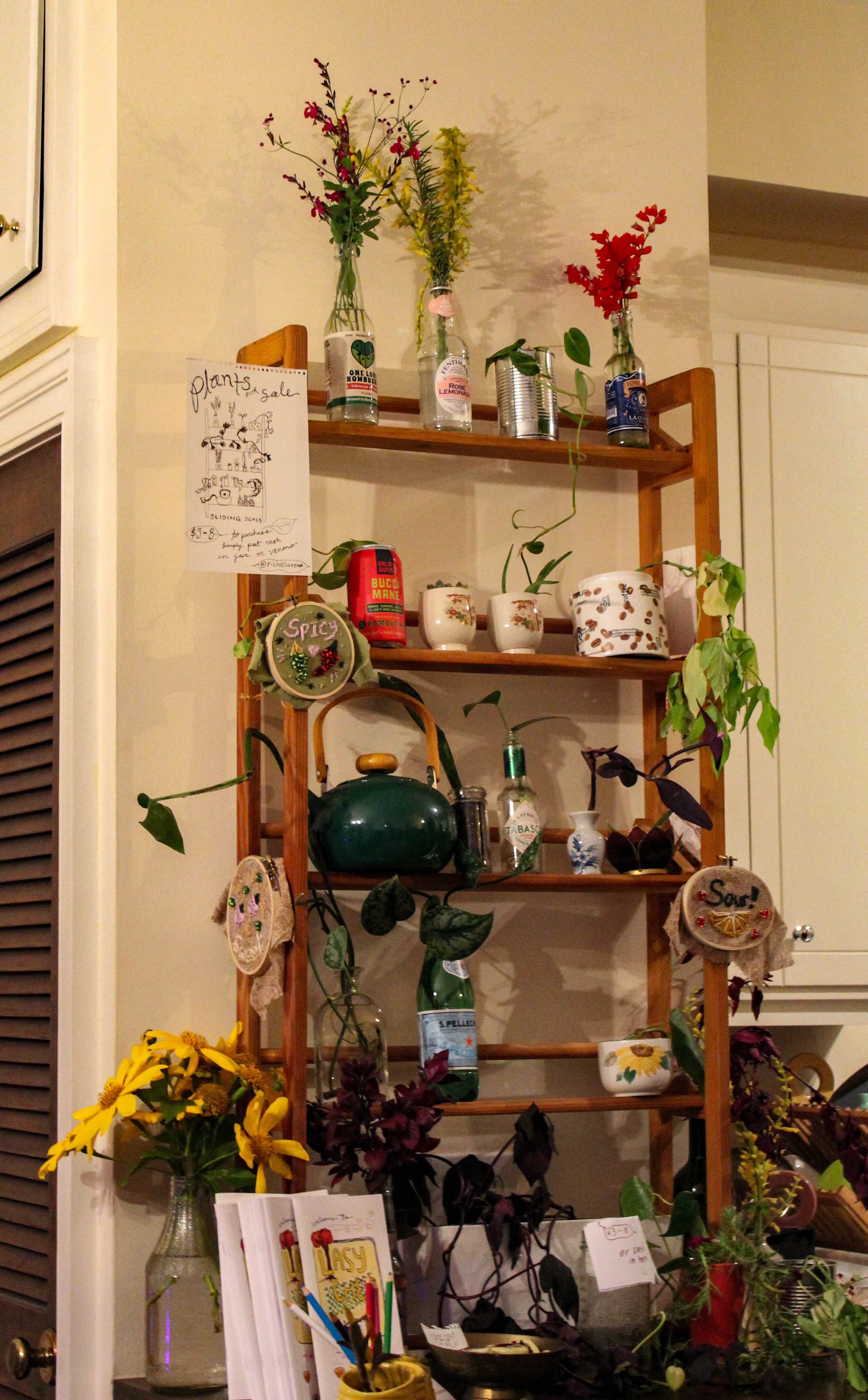
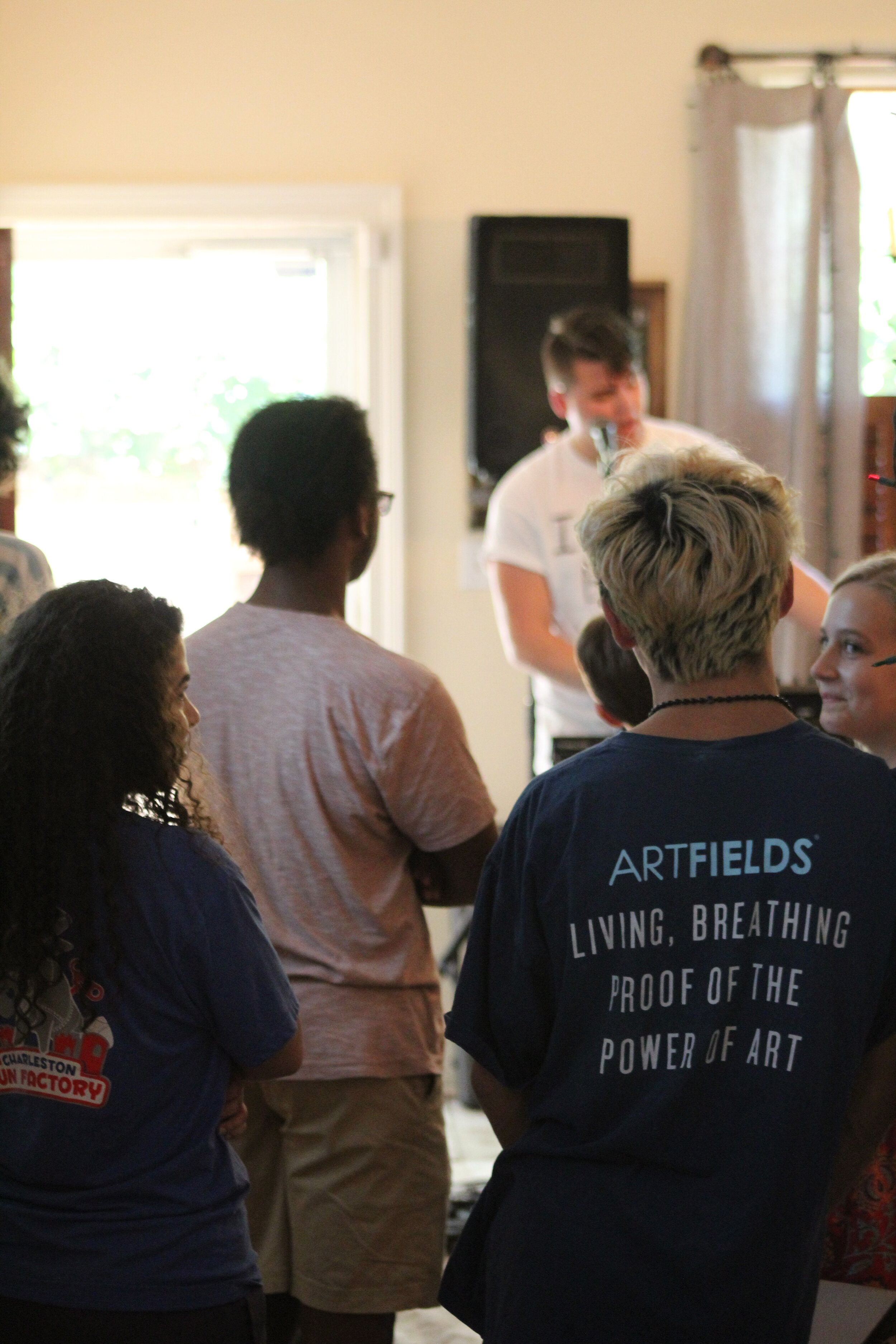



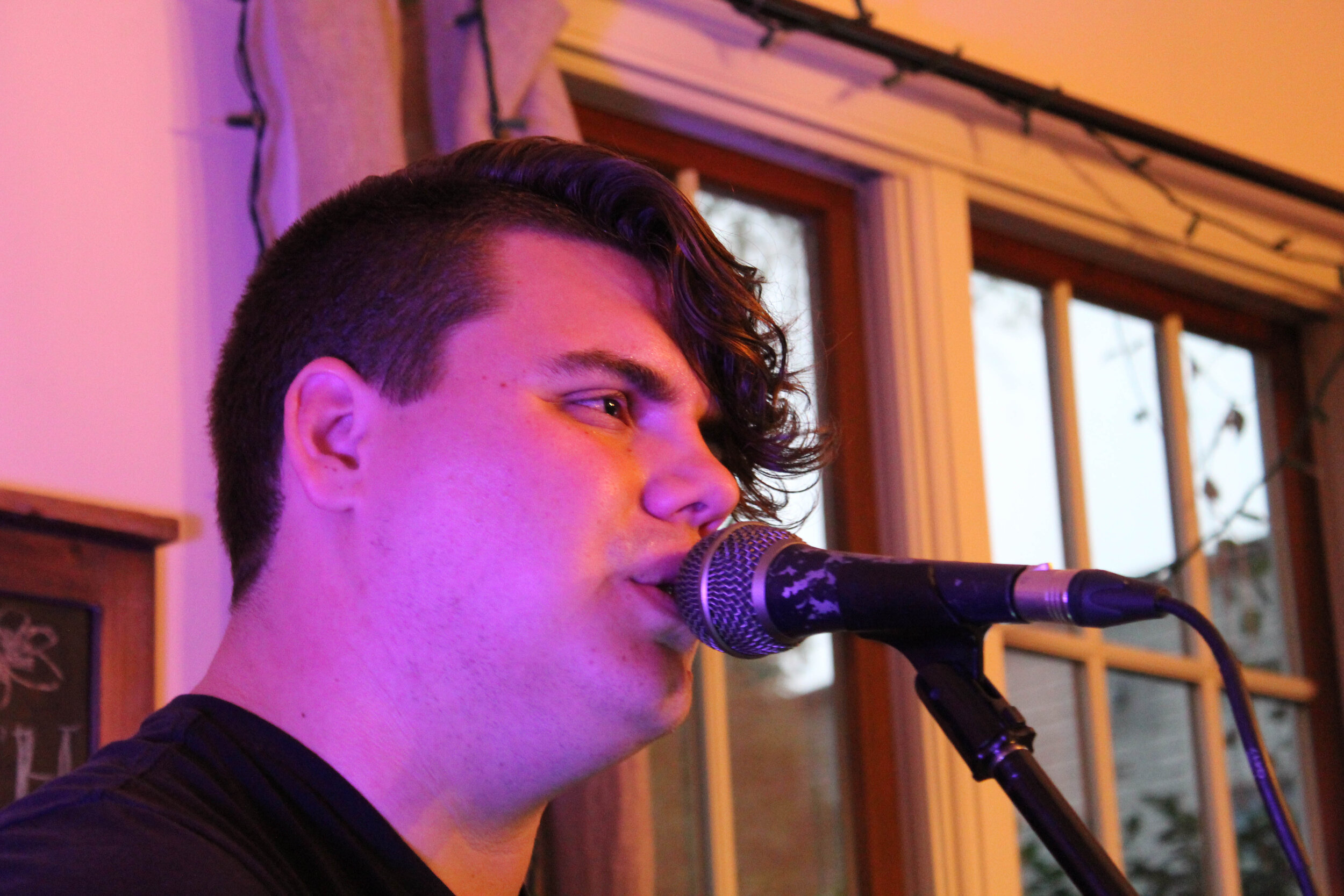
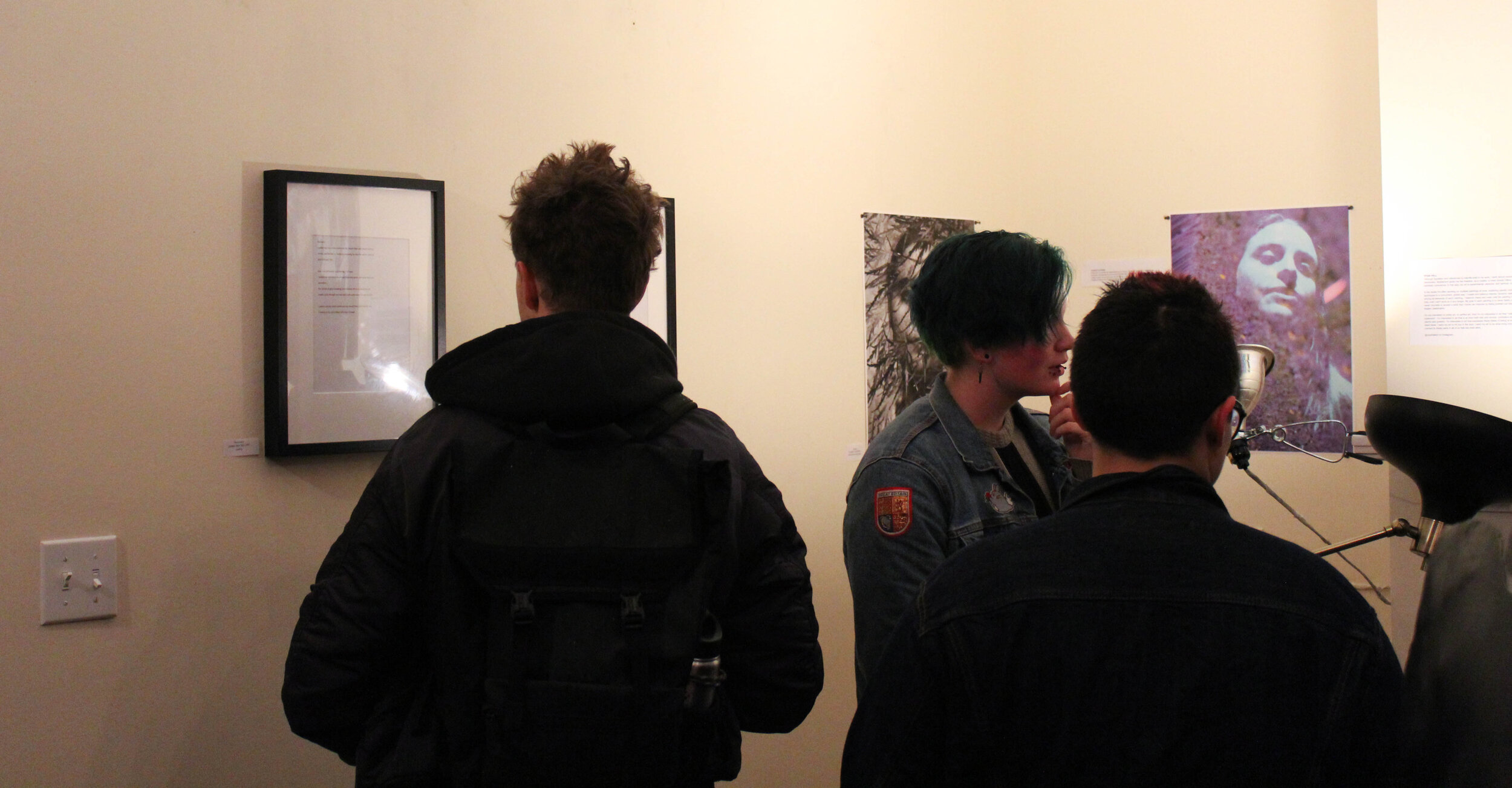

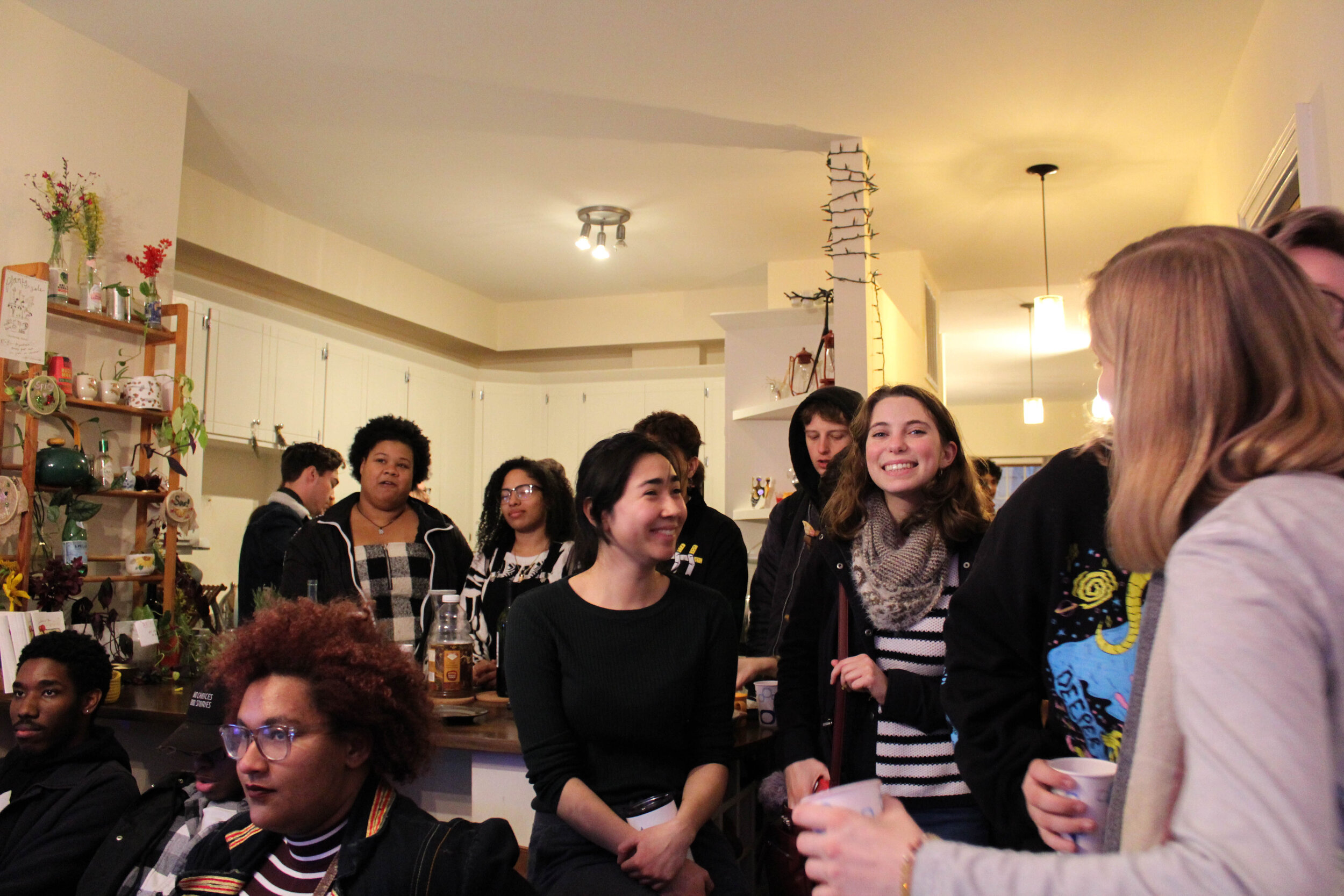

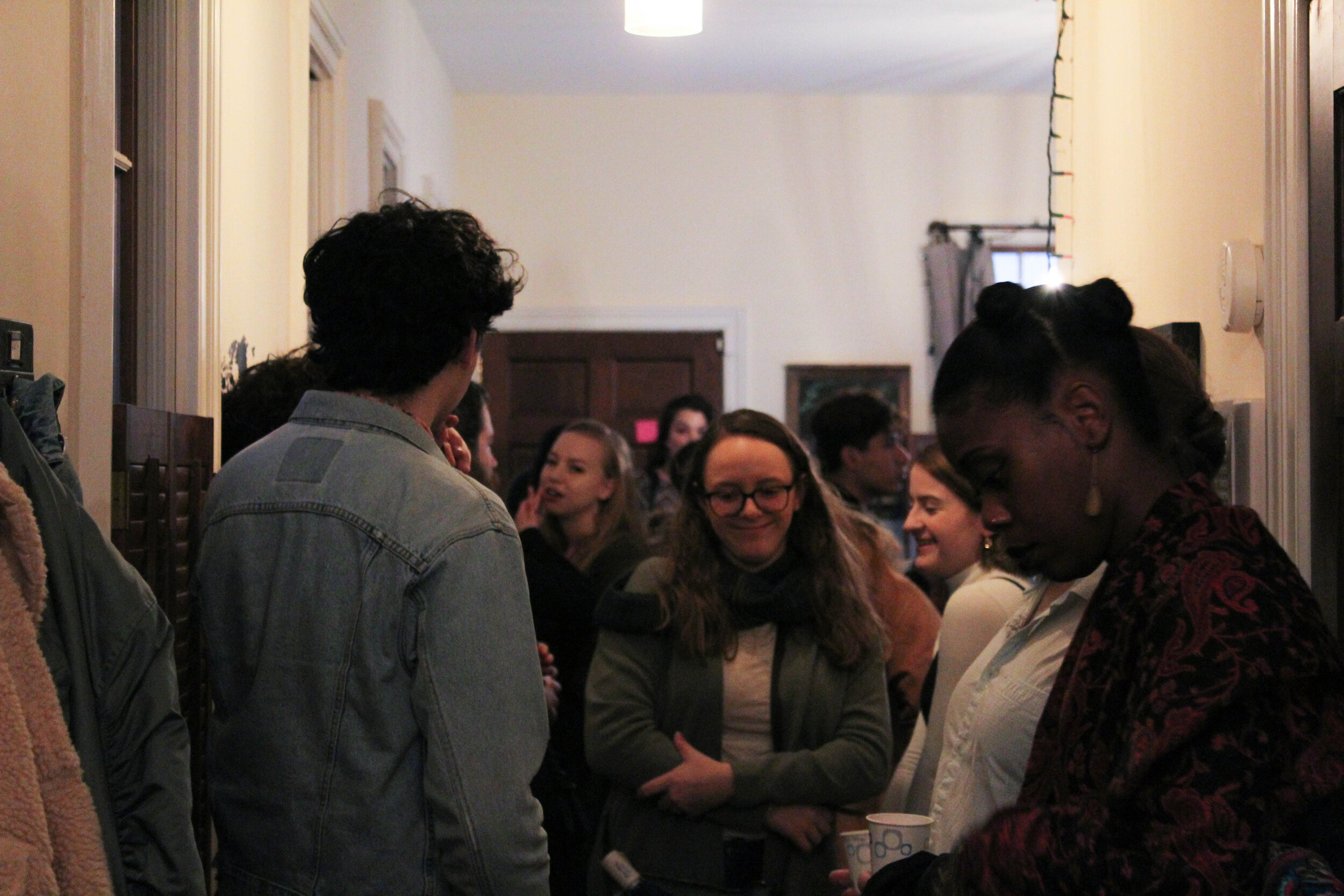

Press Coverage
I’ve been interviewed twice regarding Green Haus. You can find these interviews here:
“An Attachment to Mission: the Secret to Green Haus’s Success“
Written by Callista Milligan
“Green Haus hosts multimedia art showcase to celebrate their first anniversary“
Written by wpdbadmin
Social Media Management
Since the founding of Green Haus, I have been responsible for developing social media content. Not only has this furthered my understanding of digital marketing, but my repertoire of graphic design.
In my experience, younger generations use Instagram more than Facebook to share engaging social media posts. As such, our Instagram page has more content than Facebook. Even so, I understand that keeping an active Facebook page is essential to continue promotion across all platforms. Events are created for each show and call for art so that people on Facebook can easily invite each other to our events and Instagram posts are re-shared to Facebook for consistent activity.
Though I stopped running our social media accounts after June 2020, you can still view my work on our Facebook or Instagram below:






















